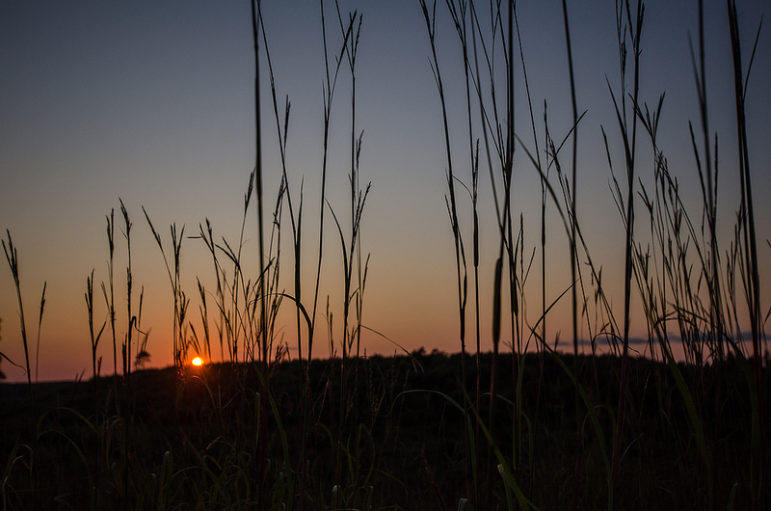
June 10, 2016; PBS
It’s no secret that impoverished rural areas have higher rates of disease, or that a shortage of doctors, low quantities of resources available to financially challenged hospitals, and closures of medical centers have putting medical care even farther out of reach for some low-income patients. In recent years, some of the states with the fewest physicians per capita have taken action to put more doctors into service.
PBS reports that, according to an analysis by the American Association of Medical Colleges, the United States faces a growing shortage of doctors. But the shortage is already bigger in poor, minority, and rural areas. The AAMC estimates that in order for underserved populations to utilize medical care at the same rate as “white insured populations residing in metropolitan areas” in 2014, those underserved populations would have needed 96,200 more physicians. That’s about a 12 percent gap.
Earlier this month, a new medical school opened at Arkansas State University—one that’s not owned by the state university. ASU’s campus will be home to a secondary location of the New York Institute of Technology’s College of Osteopathic Medicine, which is now one of only two medical schools in the state of Arkansas. The goal of the arrangement is to train osteopathic medical physicians in-state in the hope that they will continue to practice in Arkansas—one of the least healthy states in the nation—after residency. Osteopathic physicians, comprising 7 percent of U.S. medical doctors, tend to practice outside metropolitan areas.
Sign up for our free newsletters
Subscribe to NPQ's newsletters to have our top stories delivered directly to your inbox.
By signing up, you agree to our privacy policy and terms of use, and to receive messages from NPQ and our partners.
Creating medical residencies isn’t easy. Many residency programs are funded by Medicare, and a cap on Medicare and Medicaid expenditures for graduate medical education prevents new residencies from opening up. States such as Georgia and Texas are attempting to create more residency slots in rural areas. Texas recently allocated $56 million to grants and financial assistance for hospitals to start residency programs, and Georgia invested about $14 million over five years for similar programming. Wisconsin’s recently approved $3.3 million in funding for new programs in underserved areas stands as another example.
Financial incentives are also a part of recruiting doctors to areas with physician shortages. At least 27 states provide grants or stipends for individual medical residents willing to work in rural areas. Georgia, Montana, Ohio, Texas and many other states offer loan remittance for doctors practicing in Health Professional Shortage Areas (HPSA), and some doctors in these areas are eligible for federal loan repayment programs.
Arkansas, Kansas, and Missouri have all passed measures in the last two years that enable medical school graduates to treat patients in underserved areas before completing their residencies. These measures allow med school graduates to be licensed as “assistant physicians” prior to completing residencies. The American Medical Association opposes laws that allow doctors to “skip” residencies, but proponents state that the need for doctors in HPSAs is too dire to ignore, and that the residency bottleneck keeps needed doctors away from patients who need them.—Lauren Karch













